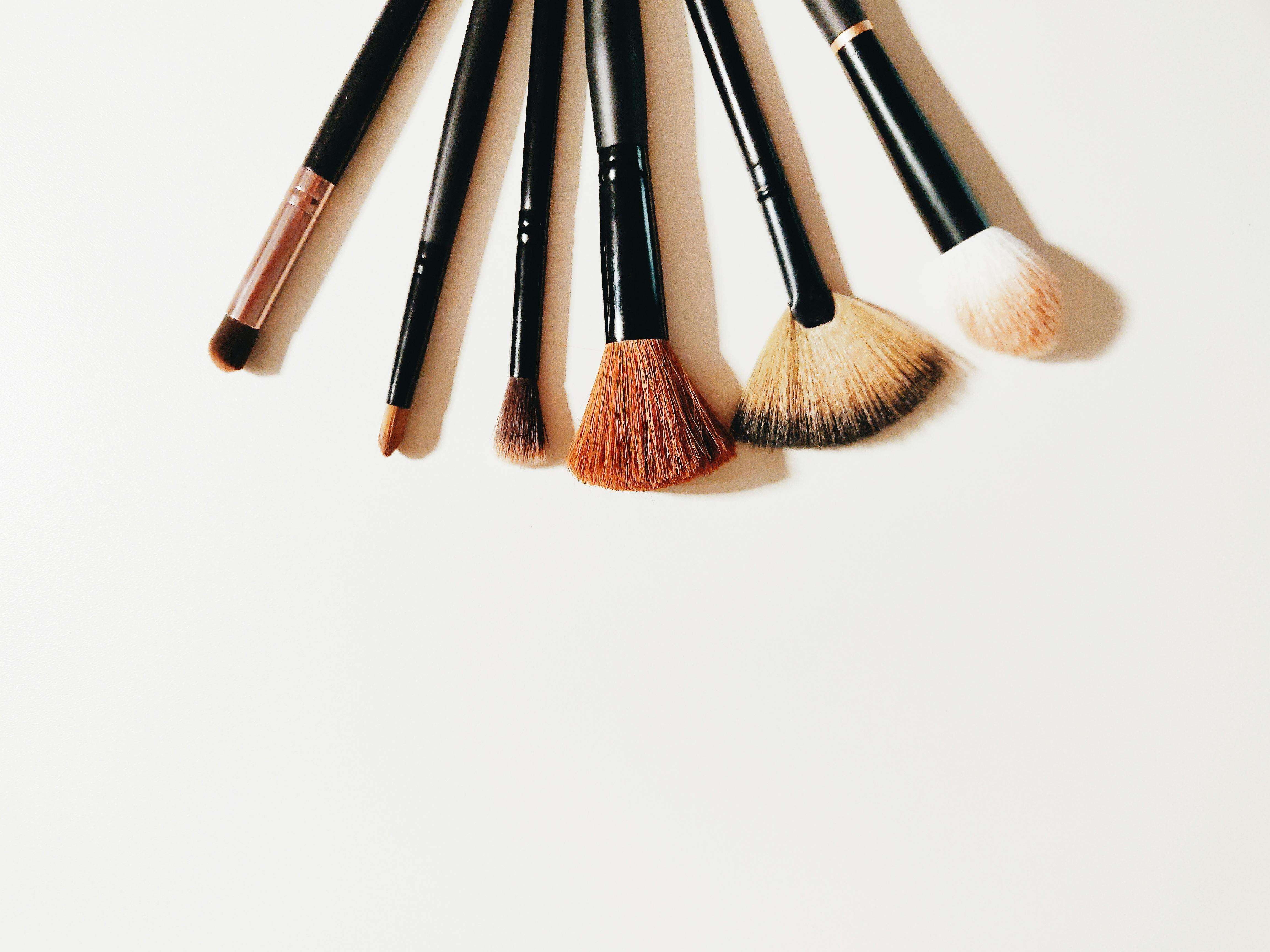

Makeup brushes are essential tools in every beauty professional’s collection. The quality of these brushes directly affects product application, finish, and overall performance. With countless options available in the market, distinguishing between premium and low-grade brushes is crucial—especially for beauty brands and private label businesses looking to maintain a strong reputation.
This guide explores the key characteristics of superior makeup brushes, helping you make informed choices for your brand or professional use.
For OEM and private label beauty brands, investing in high-quality makeup brushes goes far beyond aesthetics—it influences customer satisfaction, product performance, and long-term brand trust.
Enhanced Application
Well-crafted brushes deliver smooth and even coverage, minimizing streaks and patchiness.
Longevity
Premium materials and skilled craftsmanship ensure a longer lifespan, providing excellent long-term value.
Skin Health
High-quality brushes use hypoallergenic fibers that reduce irritation and promote a comfortable user experience.
Product Efficiency
Superior brushes pick up and distribute product evenly, preventing waste and improving finish quality.
The price tag on makeup brushes often reflects differences in materials, construction, and overall craftsmanship.
Bristles
Low-End Brushes: Often made from coarse, low-grade synthetic fibers that feel stiff and uneven.
High-End Brushes: Use premium synthetic fibers or natural hairs (e.g., goat, sable, squirrel) for exceptional softness, resilience, and performance.
Ferrule
Low-End: Lightweight aluminium that easily bends or detaches.
High-End: Durable metals such as brass or nickel-plated brass ensure a secure, rust-resistant connection.
Handle
Low-End: Basic plastic that can crack or feel unbalanced.
High-End: Hardwood or quality resin provides durability, balance, and a luxurious feel.
Mass-Produced Brushes: Assembled quickly with minimal quality control, often causing shedding and uneven shapes.
Handcrafted Brushes: Precisely trimmed and arranged by skilled artisans, ensuring consistent performance and longevity.
Low-End Brushes: Uneven application, streaking, and bristle fallout after minimal use.
High-End Brushes: Consistent performance, strong bristle retention, and excellent blending capabilities even after repeated cleaning.
The choice between natural and synthetic bristles depends on your brand positioning, ethical standards, and the products being applied.
Source: Derived from animal hairs such as goat, sable, or squirrel.
Advantages:
Excellent for powder products, offering natural pigment pickup and diffusion. Ultra-soft texture enhances blending precision.
Disadvantages:
Absorbs liquid formulas, leading to product waste.
Requires more maintenance and raises ethical concerns.
Source: Man-made fibers such as nylon or Taklon.
Advantages:
Perfect for liquid and cream formulas.
Cruelty-free, hypoallergenic, and easy to clean.
Disadvantages:
May hold powder products less effectively than natural hair (though new-generation synthetics now perform comparably).
Conclusion:
For powder products, natural hair brushes still offer superior payoff. For liquid and cream cosmetics, modern synthetic bristles deliver excellent results while meeting vegan and cruelty-free standards.
When evaluating or sourcing brushes for your brand, pay attention to the following quality indicators:
Bristle Quality
Soft, flexible, and densely packed.
Minimal shedding after repeated use.
Ferrule Construction
Rust-resistant metals (nickel or brass).
Secure attachment with industrial-grade adhesive.
Handle Design
Durable hardwood or resin for professional balance.
Ergonomically designed for comfort and control.
Craftsmanship
Precision assembly and even bristle trimming.
Designs tailored to specific applications (foundation, contour, eyeshadow, etc.).
1. Assess Your Product Line
Decide which brush types complement your brand’s cosmetic range (powder, liquid, or cream).
2. Test the Brush Quality
Check for softness, bristle density, and shedding resistance. Ensure the handle feels sturdy and balanced.
3. Research Manufacturers
Partner with reputable OEM/ODM makeup brush factories experienced in private label projects.
Look for brands with verified certifications, long-term export experience, and responsive design support.
4. Sets vs. Individual Brushes
Brush sets offer convenience, but custom single brushes allow greater flexibility and brand differentiation.
5. Maintenance and Hygiene
Clean regularly with professional solutions to extend lifespan and maintain optimal hygiene.
Investing in high-quality makeup brushes can transform how your brand’s cosmetics perform and how customers perceive your products.
By understanding material differences, identifying top-quality construction, and collaborating with an experienced OEM makeup brush manufacturer, you can develop a brush line that embodies both luxury and performance.
At Meiyuan Brush, we specialise in private label and OEM/ODM makeup brush manufacturing, offering customized solutions that align with your brand’s vision—from design and material selection to packaging and certification.
Create Your Signature Li
READ FULLYour brand comes to life with every detail of a custom logo makeup brush set. From the handle tex
READ FULLMakeup brushes are fundamen
READ FULL